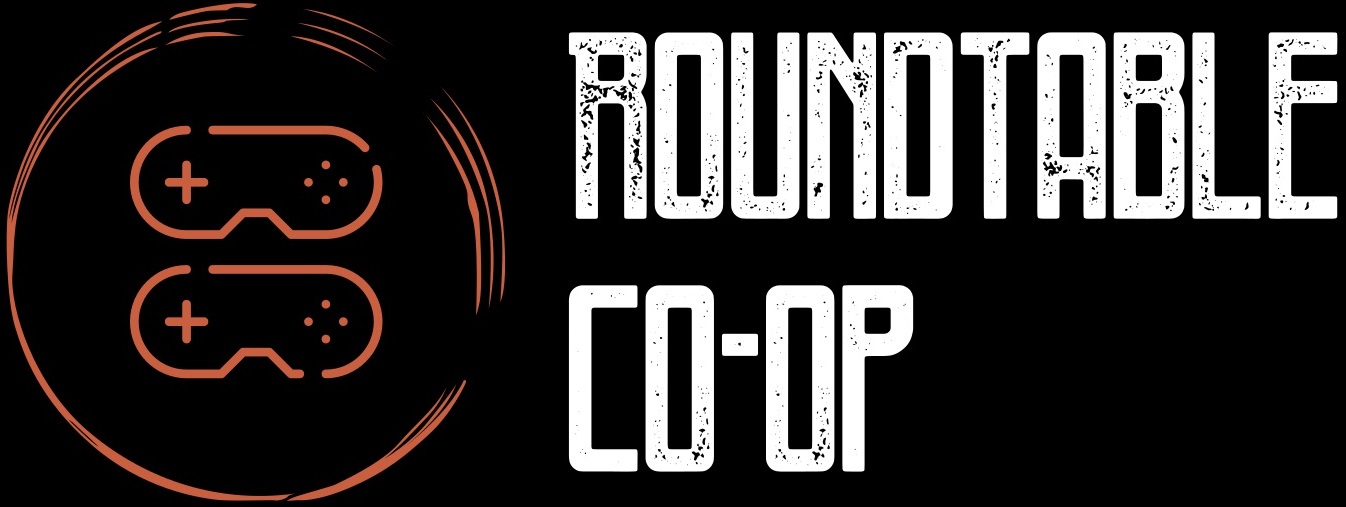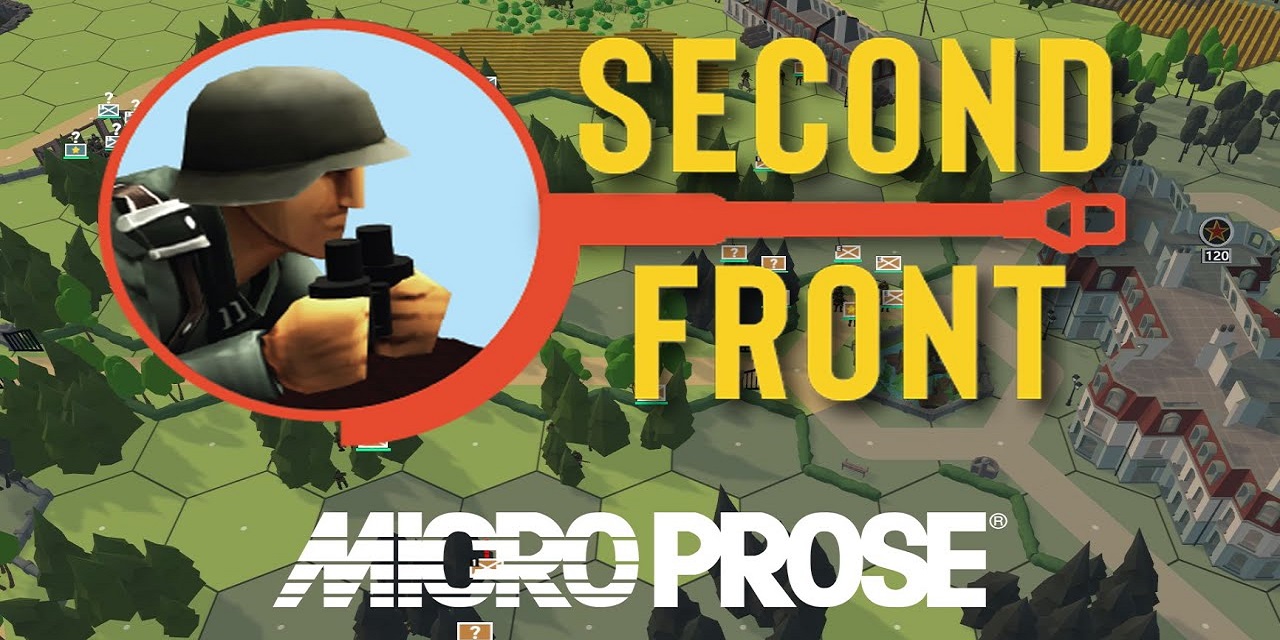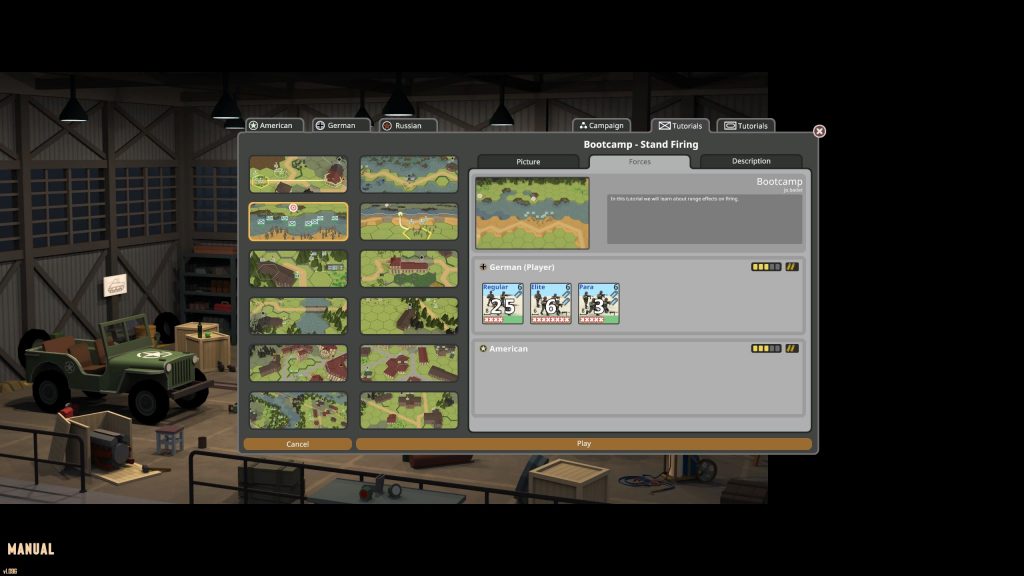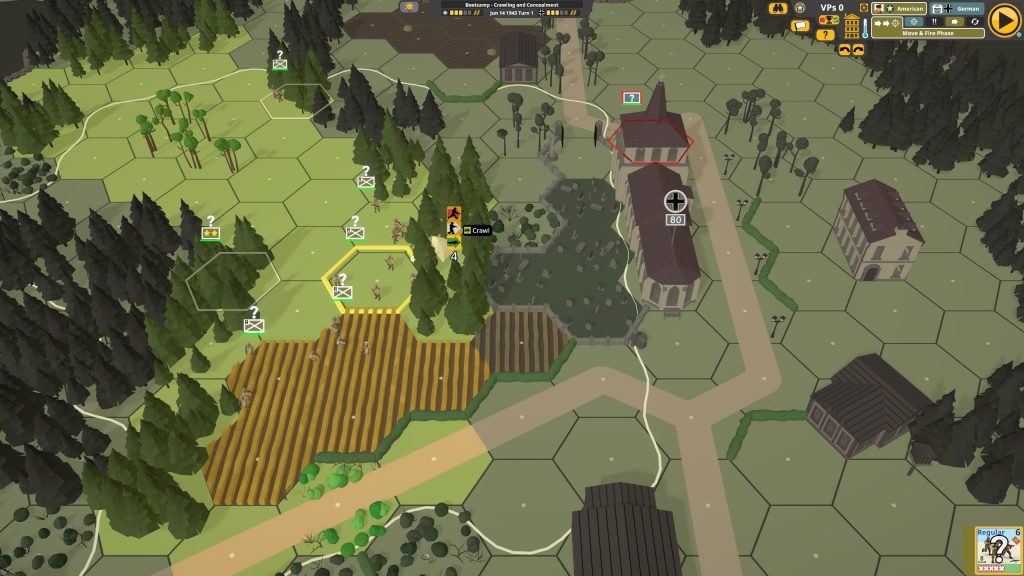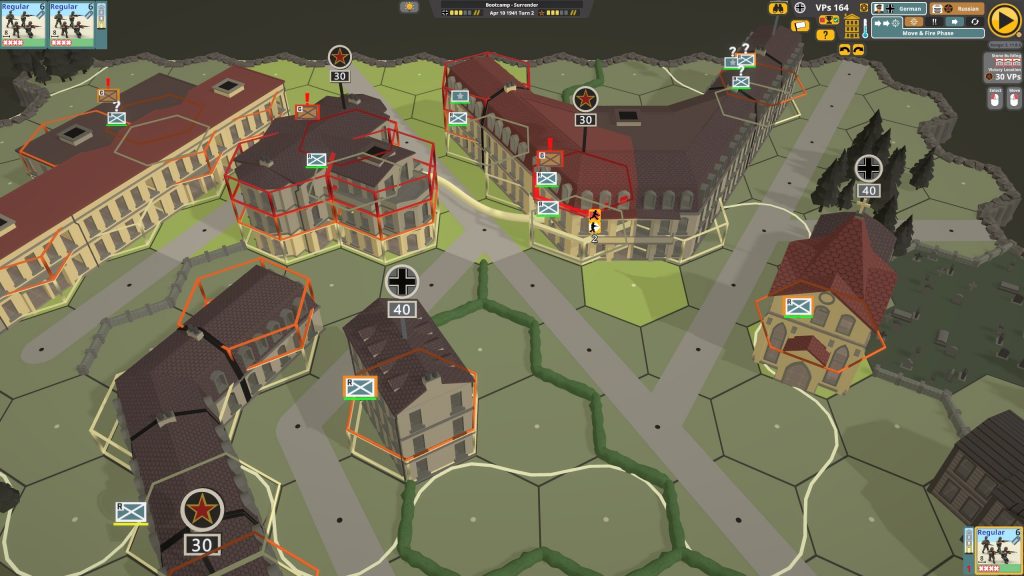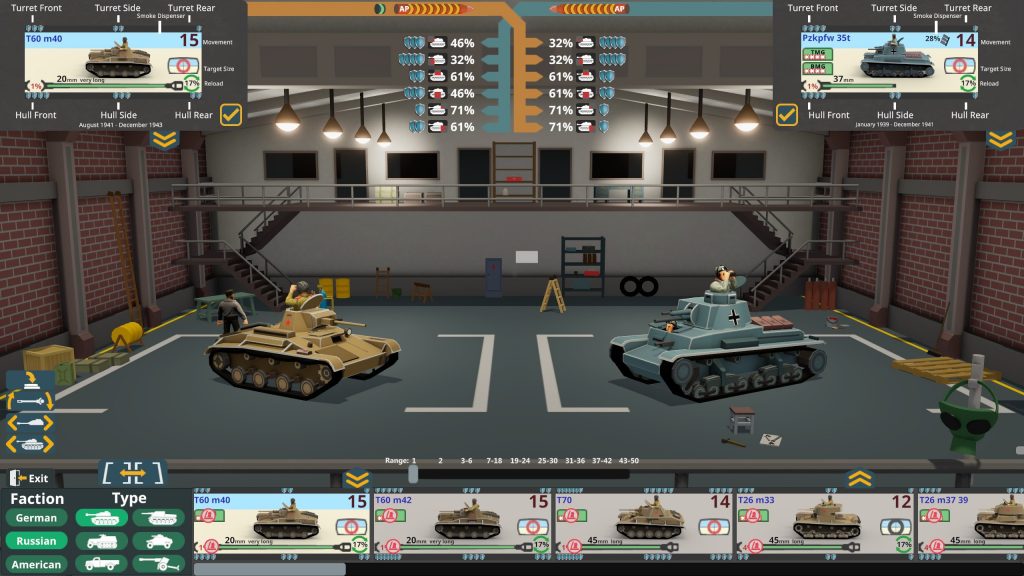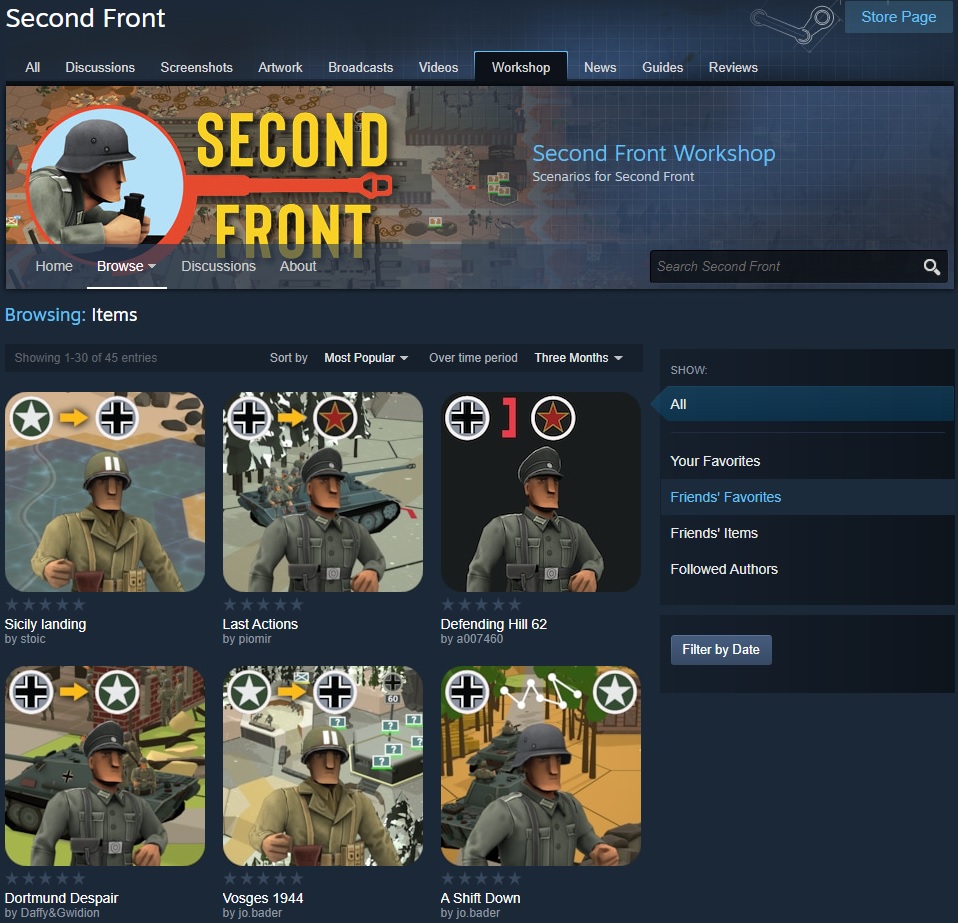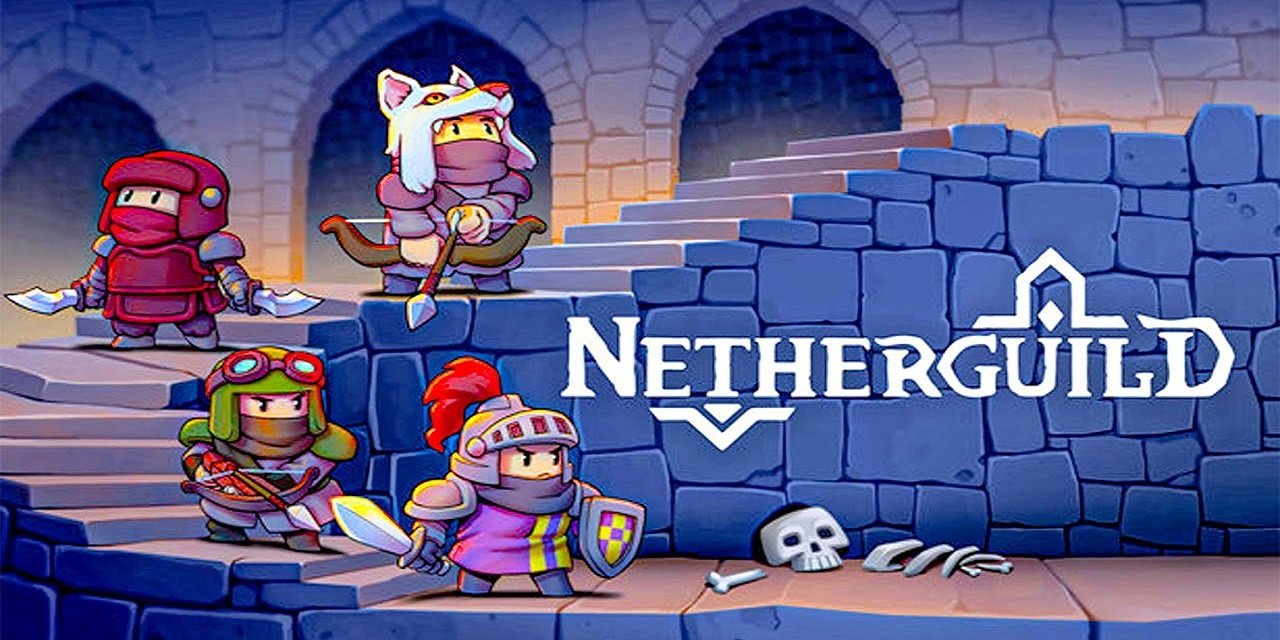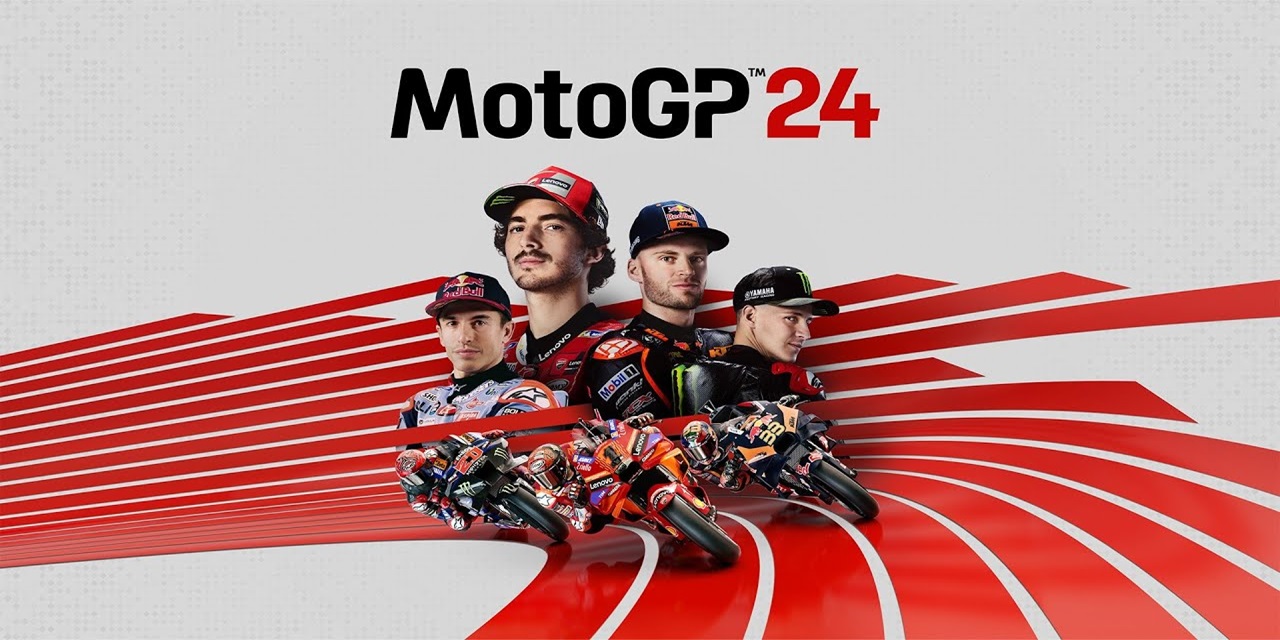Second Front is a tactical WWII turn-based strategy game developed by Hexdraw and published by MicroProse. It will launch on PC on January 31, 2023, and features 48 scenarios set in iconic WWII locations and in your arsenal are over 40 types of infantries and 200 tanks, vehicles and guns. In addition to pre-made scenarios, you can also craft your own missions and campaigns in this interactive hex-based sandbox. This is single player only with no multiplayer offering but there is a lot on offer for WWII enthusiasts and turn-based strategy fans.
There is no story mode to follow, rather there are a heap of tutorials as well as campaign missions. I started with the bootcamp tutorials that teach you everything you need to know about using infantry and tanks, then gives you practice scenarios to put it all together. I thought the first infantry tutorial would be a breeze being just about movement, however both my squads got mowed down by enemy fire on my first moves, so I had to slow down my play style and consider each turn carefully. There is a steep learning curve here.
The instructions are given to you initially in a text-based briefing, then you are left to carry out the mission. The interface isn’t fully explained so it took me a couple of frustrating missions to learn exactly what I was being asked, and trial and error to implement. It wasn’t until I had played for an hour or so that I spotted the Second Front manual as downloadable content in Steam, and this 106-page document is extremely well detailed and descriptive. It breaks down every aspect of the game, right down to individual unit tactics and scenario possibilities. This would have answered a lot of my questions and prevented some frustrations I experienced, but I do like learning the hard way. Definitely give this a read before you get started!
After grasping the basics, taking my time to go through each bootcamp tutorial mission to success was extremely beneficial as there are a lot of tactics involved. Each turn is broken into four phases – move & fire, fire from the enemy, escape, advance and close combat phases. Move & fire is as it sounds, however if you fire first, you cannot then move afterwards. You can crawl, walk or run during your move, and each has its uses, with running being loud and easy to spot you.
The land is hex grid based showing different elevations and types of cover, and you can see how far each squad can move by looking at the illuminated tiles. Using buildings to block line of sight is a valued tactic, but if you leave yourself in an open field, you will need to cause a distraction or leave yourself open to be fired upon in the enemy’s turn. If you have the ability to pop smoke, you can use that, or an alternative is to get other squads to draw their fire or use mortar to pin down the enemy. There are lots of options, it just depends on what you have at your disposal in the given scenario.
Each time you hover over an enemy squad, you’ll see the percentage chance to hit depending on the units in your squad, the attack type you are using and the range to target. You can also check their line of sight to plan your next moves using the binoculars icon. Often, if I was caught out of position, the enemy fire would break my movement and put me in pinned or broken status. This meant I would need to have RNG in the escape phase that may gave me a chance to run away to relative safety.
The advance phase gives you one extra move if you require it, and the enemy cannot attack during this move. This is especially useful to enter a location containing enemy units which will trigger close combat. Finally, the close combat phase will see you try to melee attack or capture enemies in the next tile that you have managed to corner/trap. If you advance and there are no close combat encounters, it will skip this phase and end your turn. After your turn, the enemy uses the same set of phases so if you had any squads left out in the open, they are going to be vulnerable to attack. Similarly, you may be able to get an extra shot at them as they move positions.
Later infantry tutorials taught you how to use squad leaders, which give you extra movement and chance to hit, mounted machine guns and how to mobilise them (they must be disassembled to move and reassembled before being able to fire again), as well as mortar rounds which are devastatingly effective providing RNG goes your way. Firing a mortar has a chance to set that tile ablaze, and if that happened to be a house, the smoke to fire effects were well detailed. This can also block the path you were trying to take though as the fire could spread to neighbouring tiles.
Tile elevation comes into play when you need to raid buildings. Some buildings have multiple levels and there is a building icon in the top right of the UI to switch which level of buildings is viewable. You may see enemy units looking out the windows of the top floor and some missions will task you with forcing units to surrender without firing on them. In this instance you will want to surround their position and doing so means on their next escape turn will use RNG to determine if they surrender or hunker down. You’ll notice there is a lot left to RNG rather than perfect tactics which may be a frustration for some players. This tended to drag out the end of some of my missions as my squads were in perfect positions, but the enemy just wouldn’t surrender or get taken out as quick as I had planned.
The stylised graphics of Second Front seemed too cartoony at first, however the more I played the more I came to like it and it felt like playing on a tabletop board game as you assess the battlefield. The detail of infantry is decent enough when zoomed in, and the tanks are designed authentically off the original wartime machines. Tanks themselves have armour values for the front, sides and back of the hull and turrets. Some tanks require a commander to have his head poking out, which he is vulnerable to be fired upon and killed, and they will move faster when on roads, though are more in the open and vulnerable. In the games menu is a gallery where you can compare vehicles and weapons against each other to compare statistics.
The tutorial missions are highly valuable to complete, and I did fail the first attempts at putting all I had learned into practice in the attack and defend scenarios. Switching over to the missions and campaigns, I started with the American missions and failed while learning, but eventually started to be victorious. For the campaigns, you have to complete the first campaign a number of times before unlocking the next one. It would have been great to pick and choose, and there is some grinding here to unlock them, but I also understand the game’s desire to have you play sequentially and to master skills and tactics before progressing.
While I haven’t made any of my own maps, the editor is certainly going to appeal to WWII strategy enthusiasts who can set up campaigns for their mates by sharing on the Steam workshop. There are already around 45 scenarios to download prior to release, and this number will grow fast once the game officially launches on January 31.
Second Front is certainly a game that feels easy to play but is difficult to master, requiring patience and time in the commander’s chair is essential. I would definitely read the game’s manual first, then dive into some, if not all of the bootcamp tutorials. They are very helpful once you understand them but can be frustrating if you don’t grasp all of the mechanisms involved with the turn-based phases of combat. The game did grow on me though it was frustrating at times as RNG caused delays to the end of some missions. This game certainly will appeal to those more heavily invested in military tactics games, especially the ability to craft your own scenarios.
This review utilised a key provided by MicroProse and Second Front will launch on Steam on January 31, 2023.
